10 Best Herbal Lotions For Boils

Herbal lotions for boils are natural remedies that combine plant-based ingredients to soothe and heal skin infections.
These lotions often contain anti-inflammatory and antimicrobial herbs such as calendula, chamomile, and tea tree oil, which help reduce redness, swelling, and bacterial growth. Applying a herbal lotion can provide a gentler alternative to harsh chemical treatments, making it suitable for sensitive skin. Many people find relief from the discomfort of boils by using these soothing formulations regularly.
However, it is important to consult a healthcare professional if the boils persist or worsen, as they may indicate a more serious underlying condition.
FREE Herb Drying Checklist
How to make sure every batch retains maximum flavor, color, and aroma without the risk of mold or over-drying. Eliminate guesswork and trial-and-error, making herb drying faster, easier, and more efficient every time.
Table of Contents
1. Hypericum perforatum
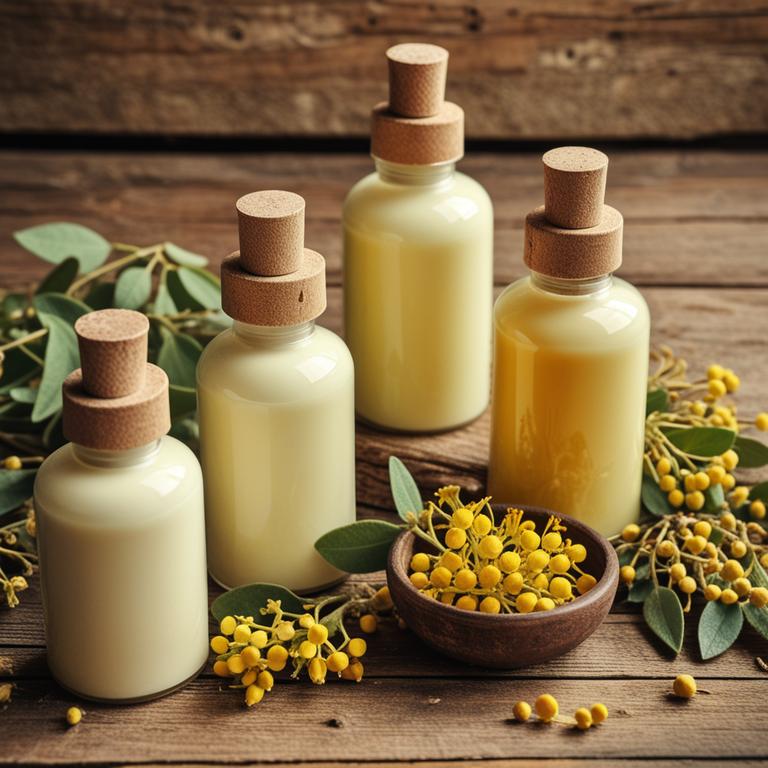
Hypericum perforatum, commonly known as St. John's Wort, is traditionally used in herbal remedies for its anti-inflammatory and antimicrobial properties.
When formulated into a lotion, it can be applied topically to boils to help reduce inflammation and promote healing. The active compounds in hypericum perforatum, such as hypericin and flavonoids, may aid in fighting bacterial infections and soothing skin irritations. However, it is important to consult a healthcare professional before using St. John's Wort lotion, especially if you are on medications, due to potential interactions.
While some people find relief with this natural remedy, it should not replace professional medical treatment for severe or persistent boils.
2. Aloe barbadensis
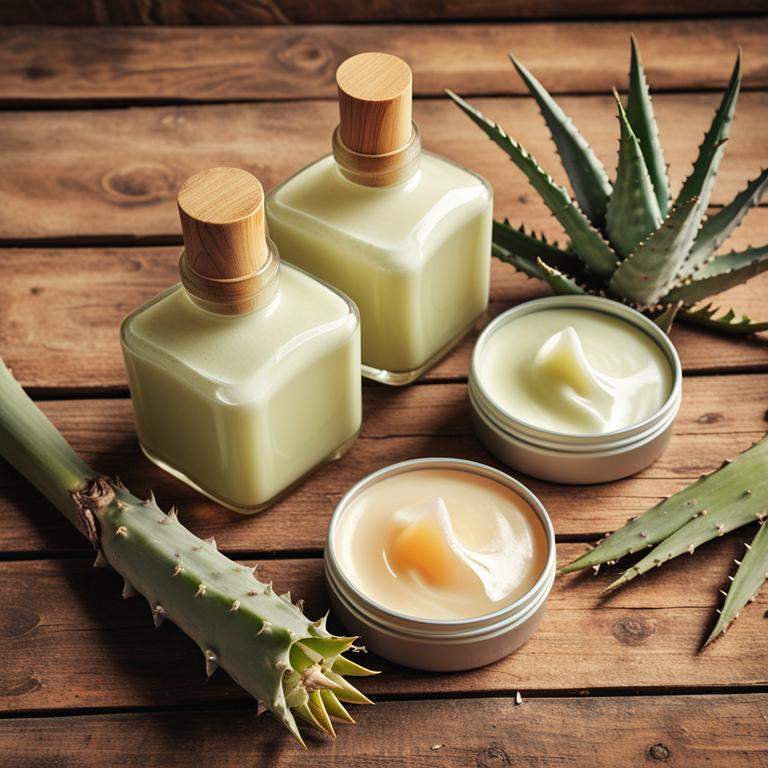
Aloe barbadensis, commonly known as aloe vera, is often used in herbal lotions for its soothing and healing properties, particularly for treating boils.
These lotions contain a concentrated form of aloe gel, which is rich in anti-inflammatory and antimicrobial compounds that help reduce swelling, pain, and infection around boils. Applying aloe-based herbal lotion directly to the affected area can promote faster healing by moisturizing the skin and supporting tissue repair. Many natural remedies incorporate aloe vera due to its ability to cool the skin and prevent scarring.
However, it is important to ensure the product is pure and free from irritants to avoid adverse reactions.
3. Calendula officinalis
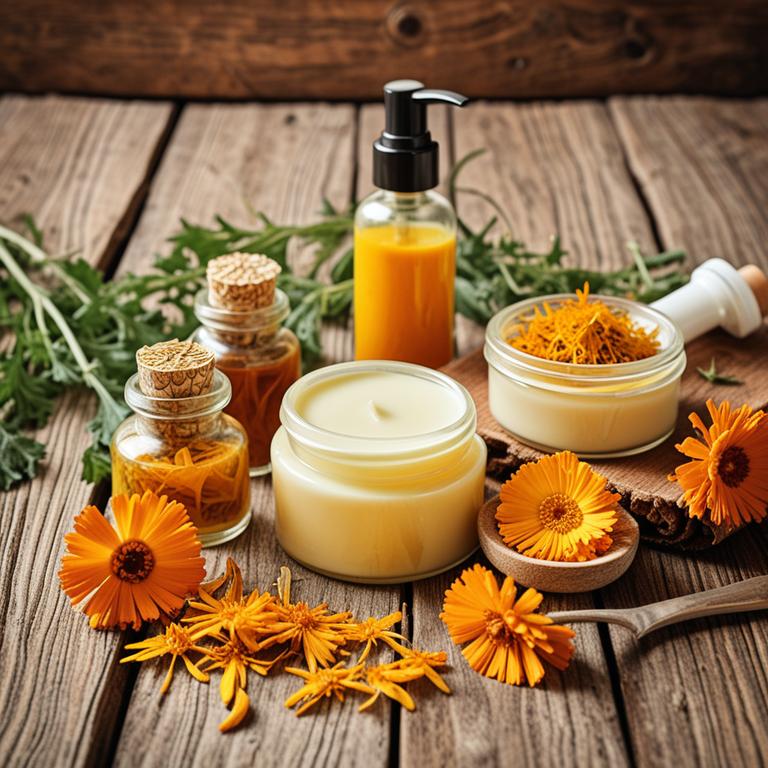
Calendula officinalis, commonly known as pot marigold, is a popular herbal ingredient used in topical lotions for its anti-inflammatory and antimicrobial properties.
These lotions are often used to treat boils due to their ability to reduce redness, swelling, and infection around the affected area. The active compounds in calendula, such as flavonoids and triterpenes, help soothe the skin and promote healing. When applied externally, calendula-based lotions can provide a natural alternative to conventional treatments for minor skin infections.
However, it is advisable to consult a healthcare professional before using herbal remedies, especially if the boils are severe or persistent.
4. Echinacea purpurea
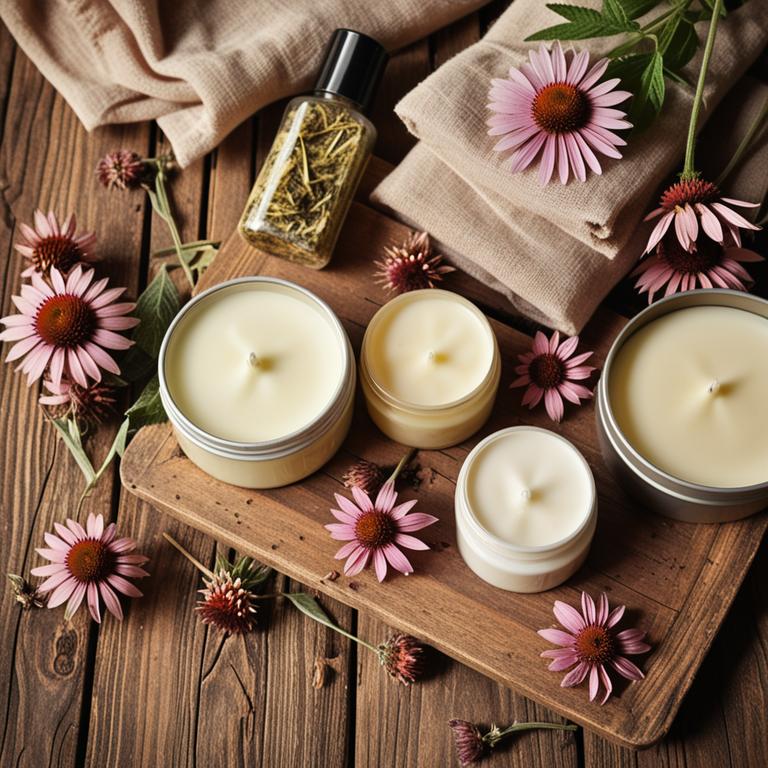
Echinacea purpurea, commonly known as purple coneflower, is a popular herbal remedy often used in topical lotions for its potential anti-inflammatory and antimicrobial properties.
These lotions are believed to help reduce the swelling and redness associated with boils by promoting skin healing and fighting bacterial infection. While some studies suggest that echinacea may support the immune system, its effectiveness in treating boils specifically is still under investigation. When applied externally, echinacea-based lotions can provide a soothing effect and may help alleviate discomfort caused by boils.
However, it is important to consult a healthcare professional before using such products, especially if the boil is severe or shows signs of infection.
5. Cnicus benedictus
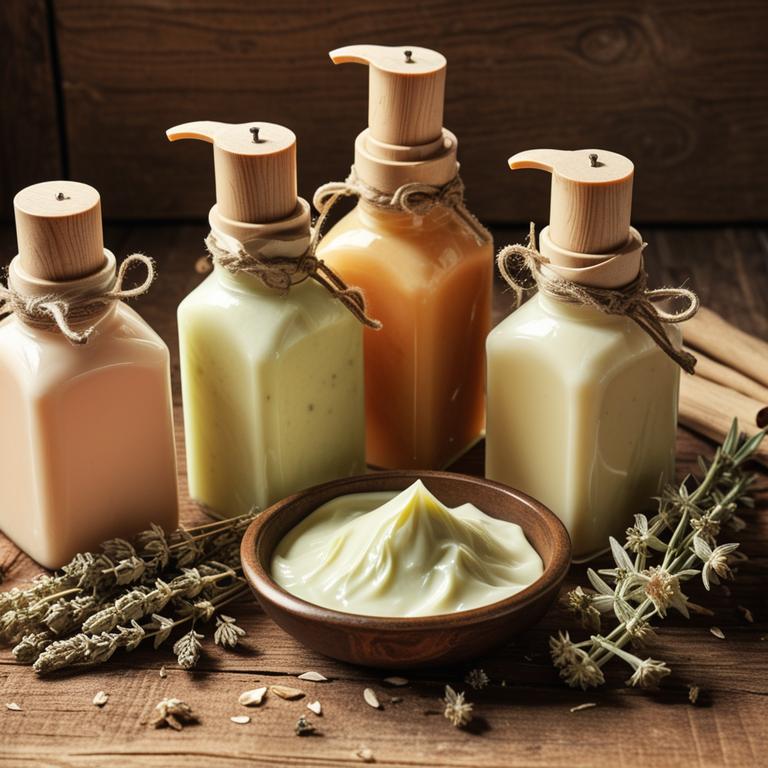
Cnicus benedictus, commonly known as bishop's weed, is a traditional herbal remedy that has been used for its potential anti-inflammatory and antimicrobial properties.
Herbal lotions made from Cnicus benedictus are often applied topically to treat boils, which are painful, pus-filled infections of the skin. The active compounds in this plant, such as flavonoids and essential oils, may help reduce redness, swelling, and bacterial growth associated with boils. When prepared as a soothing lotion, it can provide relief and support the body's natural healing process.
However, it is advisable to consult a healthcare professional before using it, especially if the boils are severe or recurrent.
6. Zingiber officinale
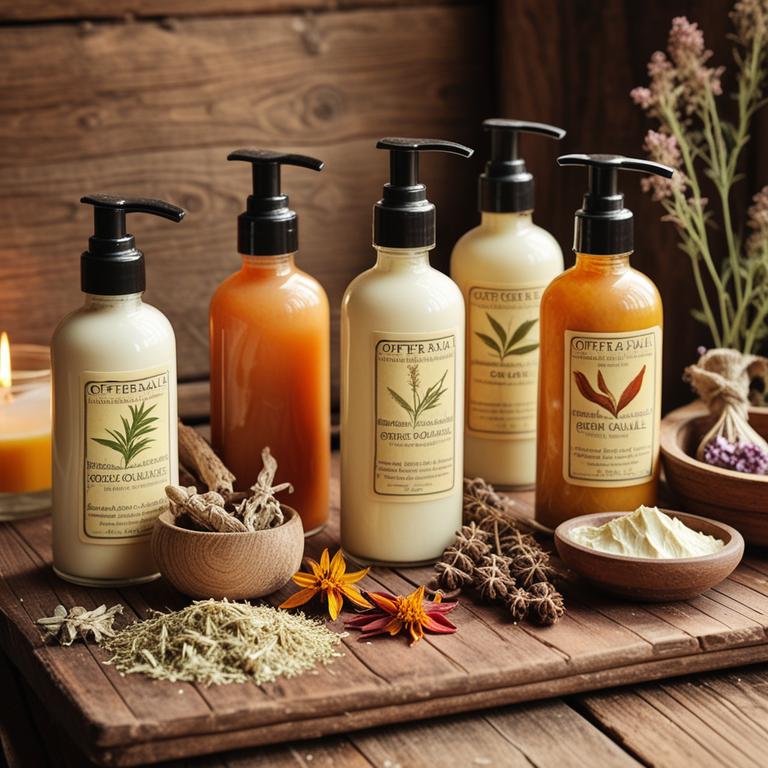
Zingiber officinale, commonly known as ginger, has been traditionally used for its anti-inflammatory and antimicrobial properties, making it a valuable ingredient in herbal lotions for treating boils.
These lotions often combine ginger extract with other natural components like turmeric, coconut oil, or essential oils to enhance their therapeutic effects. Applying a ginger-based lotion to the affected area can help reduce redness, swelling, and pain associated with boils by promoting drainage and preventing infection. The warming sensation from ginger also helps to stimulate blood circulation, accelerating the healing process.
While generally safe, it is advisable to perform a patch test before using any herbal lotion to avoid potential skin irritation.
7. Chamomilla recutita
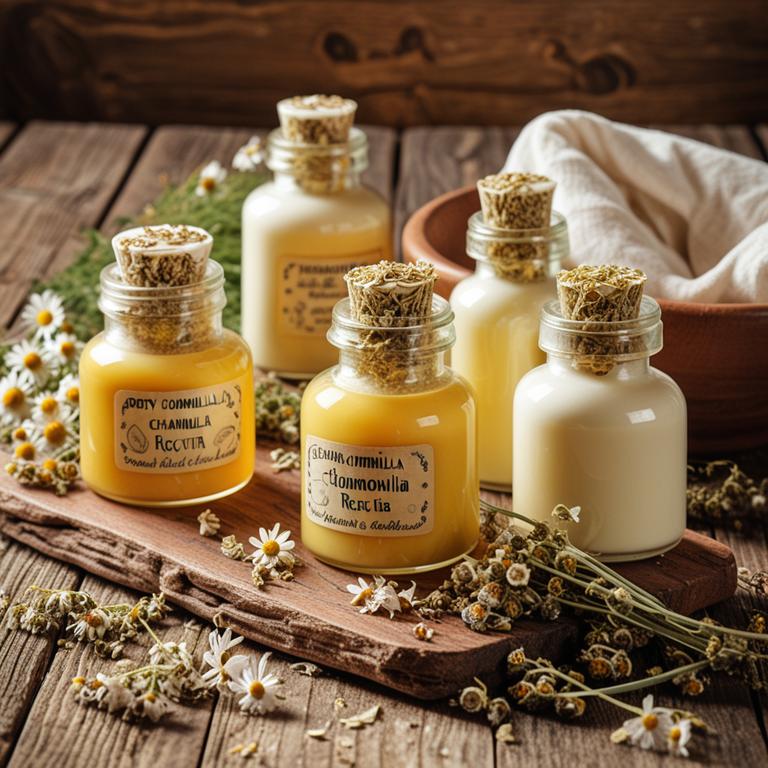
Chamomilla recutita, commonly known as German chamomile, is widely used in herbal lotions for its soothing and anti-inflammatory properties.
These lotions are often applied topically to boils to help reduce redness, swelling, and discomfort associated with the infection. The active compounds in chamomile, such as bisabolol and chamazulene, possess antimicrobial and analgesic effects that can aid in the healing process. Regular application of chamomile-based lotions may help to draw out impurities and promote skin regeneration.
However, it is important to consult a healthcare professional before using such remedies, especially if the boil is severe or shows signs of spreading infection.
8. Lavandula angustifolia
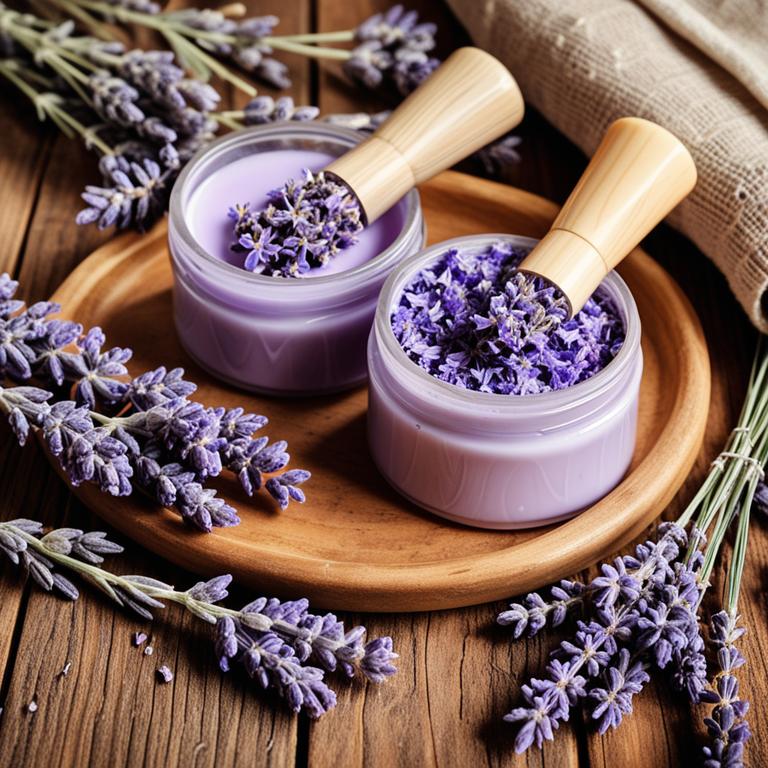
Lavandula angustifolia, commonly known as English lavender, is often incorporated into herbal lotions for its soothing and anti-inflammatory properties.
These lotions are traditionally used to alleviate the discomfort associated with boils by reducing redness, swelling, and irritation. The essential oils in lavender, such as linalool and lavandin, have natural antimicrobial effects that may help prevent infection and promote healing. When applied topically, lavender-infused lotions can provide a calming effect, helping to ease pain and accelerate the recovery process.
However, it is important to consult a healthcare professional before using lavender lotions, especially if the boils are severe or show signs of infection.
9. Rosa canina
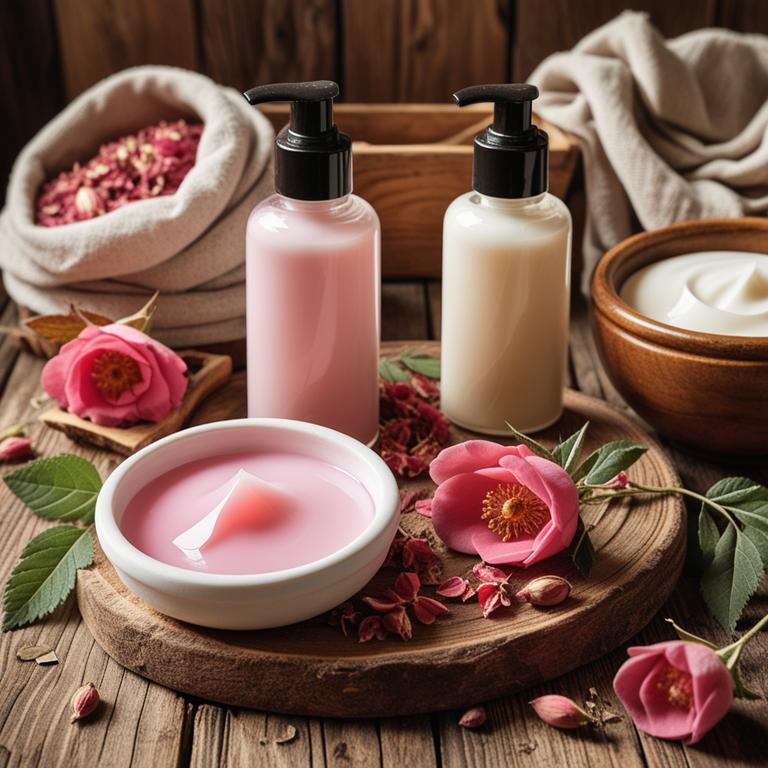
Rosa canina, commonly known as dog rose, is a traditional herbal remedy often used in the formulation of herbal lotions for treating boils.
These lotions are typically infused with the flowers and berries of the Rosa canina plant, which are rich in antioxidants, vitamins, and anti-inflammatory compounds. The soothing properties of Rosa canina help to reduce redness, swelling, and pain associated with boils, promoting faster healing. When applied topically, these herbal lotions can help to dry out the infection and support the skin's natural recovery process.
Rosa canina herbal lotions are a gentle, natural alternative for those seeking to manage boils without harsh chemicals.
10. Sutherlandia frutescens
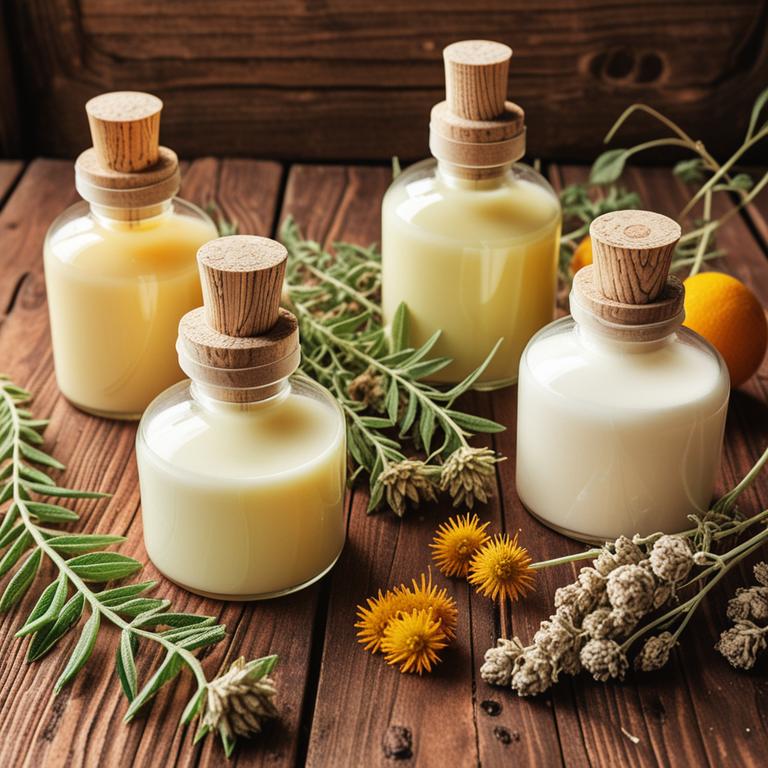
Sutherlandia frutescens, commonly known as "Cancer bush," is a traditional South African herbal remedy that has been used for centuries to support the body's natural healing processes.
When formulated into a herbal lotion, Sutherlandia frutescens may help reduce inflammation and promote skin regeneration, making it a potential complementary treatment for boils. The active compounds in this plant, such as alkaloids and flavonoids, are believed to have antimicrobial and immune-boosting properties that support the body's fight against infection. While not a substitute for medical treatment, some users report that applying the lotion can aid in the healing of boils and improve skin condition.
As with any herbal remedy, it is important to consult a healthcare professional before use, especially for persistent or severe skin infections.